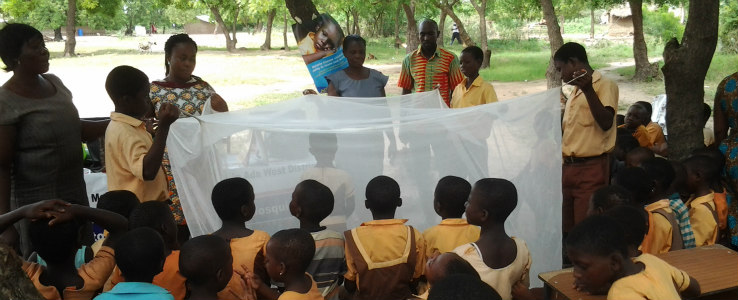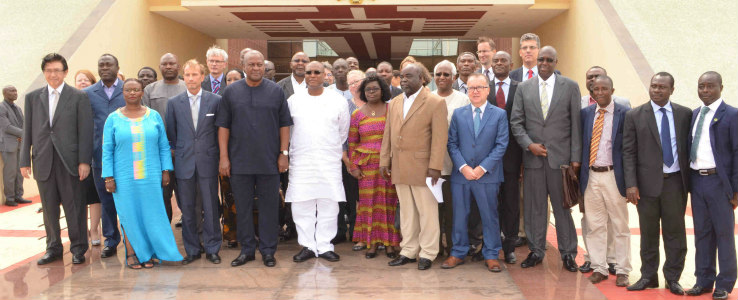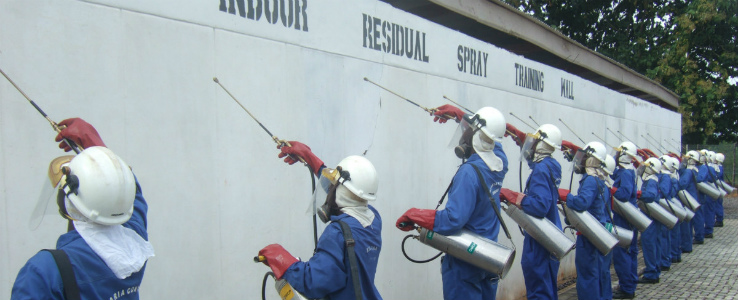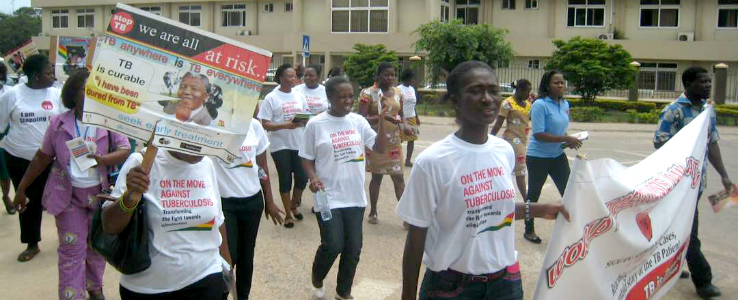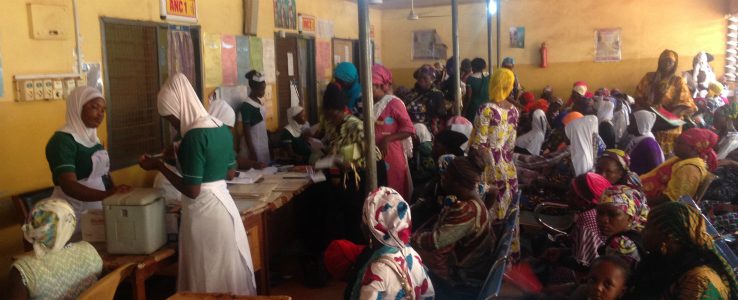TB and poverty
Ghana’s first national survey on costs faced by TB patients and their households revealed that 64% of TB affected households face catastrophic costs, i.e. the TB related costs exceed 20% of their income.
This survey carried out with 691 TB clients from 25 districts across Ghana indicated that TB patients are over proportionally affected by poverty. While 24% of Ghanaians live under the poverty line (<1.90 USD / day), it is 46% of the TB patients. This means that almost half of the people living with TB are too poor to spare a small amount for their treatment. The catastrophic TB related costs drive even more TB patients into poverty. After TB treatment, 60% of the patients live under the poverty line.
Each TB episode adds on average 2,000 GHS to their cost and as much as 3,000 GHS in the case of drug resistant TB. The biggest cost drivers are income loss and additional expenditures for nutritious foods (each 34%), followed by medical cost (19%) and non-medical cost, incl. transport related to treatment (14%). More than half of the TB patients in the survey had to rely on savings, borrowing, or selling assets in order to cover the additional cost. Reports on delayed start of treatment and treatment interruptions, that might result into drug resistant TB, for financial constraints are not unusual.
Dr. Bonsu, Programme Manager of the National TB Programme, emphasized the importance of an enhanced TB care financing system within the Universal Health Coverage policy, the “free TB care” policy and additional relief measures to help TB patients reduce cost associated with treatment.



